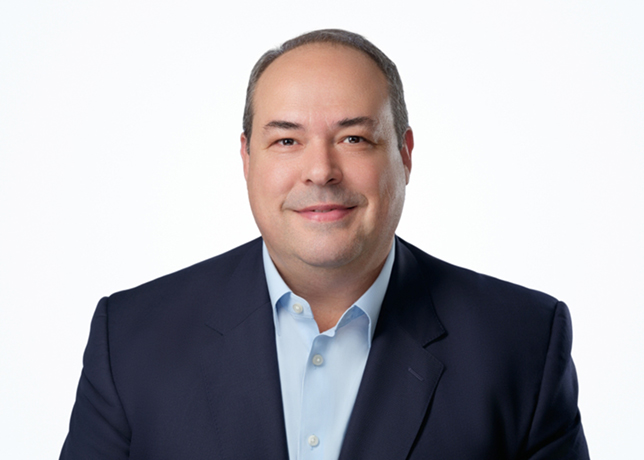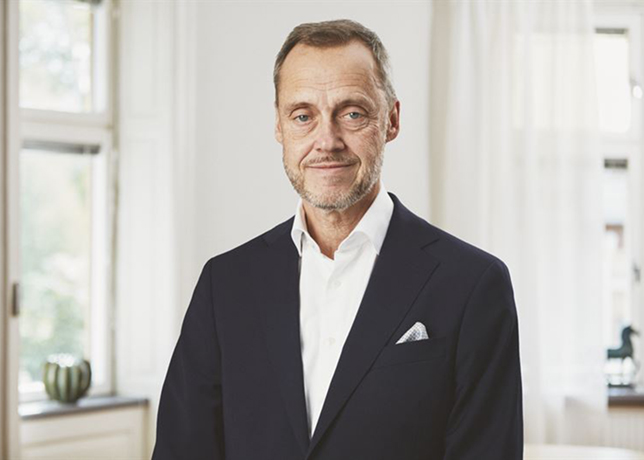
 Innovation in intelligent energy tech is happening very fast
Innovation in intelligent energy tech is happening very fast
Intelligent, connected smart energy takes us into a world in which our relationship with energy changes, and leads to the birth of new billion-dollar industry opportunities, Futurist Jim Carroll tells OGN
Energy in our electrical system used to be one-way and was mostly from carbon. We are now on the edge of an era in which generation is primarily based on renewables, is distributed, connected, intelligent, and part of a super big hyperconnected microgrid with a lot of batteries.
Intelligent, connected smart energy takes us into a world in which our relationship with energy changes, and leads to the birth of new billion-dollar industry opportunities!
WHAT’S HAPPENING?
Essentially, we are building a new energy grid, launching new industries, changing entire mobility platforms (automotive and trucking), and setting a path to a cleaner energy future.
Much of this is currently happening in isolation, but over the decade to come, a lot of connectivity of these disparate platforms and trends is going to occur. It’s already underway as smart innovators build out a fascinating new future. In a nutshell:
• Carbon is over as solar, wind and renewable energy comes to dominate our future.
• Commercial, industrial, and residential properties are going to see the arrival of more battery storage technology to store this energy, smoothing out the dips and spurts that come with this generation.
 |
Carroll ... the future energy grid is smart |
• Most new cars and trucks will be electric within a decade as the era of gasoline and diesel energy comes to an end.
• The batteries in those cars and trucks will come to be a part of the energy storage solution in these locations.
• On top of that, most homes are getting smart appliances with the potential for connectivity and better management of their energy usage.
• At the same time, factories and industrial facilities are getting a lot of interconnected devices through IIoT (Industrial Internet of Things) technology that also allows for intelligent energy management.
• The home thermostat, which has gained intelligence through devices like the Nest and ecobee thermostats, is about to take on a larger role in managing this internal home energy grid.
• At the same time, sophisticated platforms for energy management in industrial, commercial, and factory locations will do the same thing.
• All of this provides a little energy grid within the home and in these industries/commercial facilities, providing a form of energy independence.
• And a key component is that any excess energy within this grid will be fed back out into the large utility grid to provide it with additional power, transitioning it from a one-way to a two-way systems.
• This grid connectivity also provides the opportunity for local community microgrids – you’ve got a grid, I’ve got a grid – let’s connect our grids.
WHAT IT REPRESENTS
Within this trend are several massive opportunities. I’ve often liked to point out that in many industries, this is the big disruption: "Companies that do not yet exist will build products not yet conceived, with materials not yet in existence, using methodologies not yet developed; and these will be sold to consumers who do not yet know that these new products and services will become a critical part of their life."
It’s in that type of thinking that this new industry is unfolding. There are so many different opportunities, it is staggering:
• Grid-connected energy storage: Essentially, great big batteries store energy generated by the distributed energy resources in the system. Solar is only generated while the sun is up, and wind energy only happens on a windy day, but grid-connected energy storage solves this problem.
There is a huge amount of investment, innovation, initiative, and idea generation going into this. As I explained many years ago: "The future of just about everything is all about batteries."
• HEMS or home energy management systems: We will see the evolution of a ‘home energy ecosystem’, in which later versions of Nest and ecobee will not only let individuals adjust and manage the temperature of their homes but will manage and monitor the storage of electricity generated on their rooftop solar panels, as well as mediate and manage the sale of that energy back to the local power company or a local power grid.
In addition, HEMS devices will help to automatically deliver cost and carbon savings from intelligent appliances and other in-home electrical devices, offering up power-saving recommendations.
• New energy management software platforms: There’s a lot of software to make this super-intelligent microgrid system work. With that in mind, consider ampOS, an energy management platform that helps to assess the health of industrial-scale battery packs, vehicle-to-grid connecting, and leasing groups for warranties and insurance.
• EaaS or Energy as a Service: This new grid involves not only new energy sources, but new energy uses including electric vehicles. In that context, consider UgoWork, a Quebec, Canada company that has an AI-based software platform that provides for easier management of the large-scale fleet deployment of batteries.
• Battery recycling: Most electric vehicle batteries are designed for a lifespan of about 12 years before they lose efficiency, but they can be repurposed and reused in microgrid energy storage solutions for a ‘second life’.
One company, Connected Energy in the UK, has equity investment from Volvo, Caterpillar, and others, who recognise the emerging secondary market for used batteries.
Connected Energy will specialise in taking old car batteries and building them into large-scale commercial energy storage systems.
These are just a few of the components of what is underway. All of this involves the development of a lot of communication protocols, technical standards, interoperability methodologies, and security standards.
Suffice it to say, we will wake up within a decade and realise a vast number of new industries and companies were born.
Where are we now? There’s a LOT of innovation and research happening at a furious pace.
• We’ve got a lot of solar energy that has come onstream, but the process of storing that solar energy in a vehicle takes a lot of research. Obviously, organisations like Tesla are leading the way, but other car companies will get involved as the ‘race to electric’ continues unabated.
• There is a lot of small-scale or local (airport or industrial facility) microgrid experimentation and implementation underway, but it is a different ballgame when hundreds of millions of sources and facilities are added.
• There are big bold initiatives happening. The massive Saudi futurist city initiative, Neom, has bold goals including intelligent water, wastewater, and energy systems all of which are related to this trend.
• Standards are fast emerging, with the Matter initiative that was just finalised at the Consumer Electronics Show (CES) in Las Vegas. Samsung, GE, Amazon, and LG are among companies with devices and appliances supporting Matter, which allows interconnectivity across devices and management of those devices by HEMS technology.
This is just the tip of the iceberg!
THE CURRENT REALITY?
There are only seven major North American grids; one in Europe and one primary one in the Middle East.
There are about to be hundreds of millions of new inputs to the grid. That’s a lot of innovation and investment that will occur right there.
There are few electric cars; there are about to be a whole bunch more.
There’s a fair bit of wind and solar about, but there is a lot more yet to come, particularly as the cost of solar continues to plummet.
There are few home batteries about, but there will be many more. There aren’t many batteries in the grid, but the scale is coming quickly.
There is a little bit of intelligent energy technology, but the innovation around this is happening at a furious pace!
The larger story about connected energy – and why this is such a big trend – is that it is part of a larger story, and that involves the future of infrastructure.
I recently caught that on stage in a keynote for the leadership team of one of the world’s largest construction companies. "Connected energy; it’s a trend, it’s happening, and it’s huge!"
* Futurist Jim Carroll speaks to leadership audiences worldwide on the trends that define our future. Over a 30-year career, he has been booked regularly by CEOs and senior executives of major organisations worldwide, to provide an opening or closing keynote or leadership talk on highly customised topics.
None other than NASA has booked him - twice - for a talk on "the future of space". Other clients include the World Bank, Zurich Insurance, Nikon, the BBC, Disney, Pfizer, Chrysler, Volvo, and hundreds more.



















































































